Renault Fluence (2015) Bruksanvisning
Läs gratis den bruksanvisning för Renault Fluence (2015) (196 sidor) i kategorin Bil. Guiden har ansetts hjälpsam av 9 personer och har ett genomsnittsbetyg på 4.5 stjärnor baserat på 5 recensioner. Har du en fråga om Renault Fluence (2015) eller vill du ställa frågor till andra användare av produkten? Ställ en fråga
Sida 1/196

FLUENCE
FLUENCE
FLUENCE
FLUENCEFLUENCE
Z.E.
Z.E.
Z.E.
Z.E.Z.E.
DRIVER’S HANDBOOK
DRIVER’S HANDBOOK
DRIVER’S HANDBOOK
DRIVER’S HANDBOOKDRIVER’S HANDBOOK
Produktspecifikationer
| Varumärke: | Renault |
| Kategori: | Bil |
| Modell: | Fluence (2015) |
Behöver du hjälp?
Om du behöver hjälp med Renault Fluence (2015) ställ en fråga nedan och andra användare kommer att svara dig
Bil Renault Manualer

24 September 2024

16 September 2024

30 Augusti 2024

30 Augusti 2024

26 Augusti 2024

26 Augusti 2024

19 Augusti 2024

19 Augusti 2024

19 Augusti 2024

18 Augusti 2024
Bil Manualer
- Mini
- Subaru
- Scion
- Mercedes-Benz
- Rover
- Smart
- GEM
- Jeep
- Polestar
- Hyundai
- Volvo
- Lincoln
- Maserati
- Jaguar
- Xpeng
Nyaste Bil Manualer
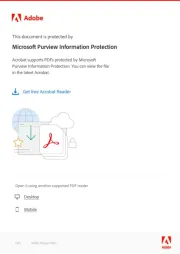
19 Oktober 2025
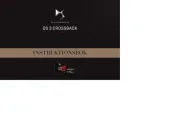
17 Oktober 2025
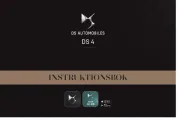
17 Oktober 2025
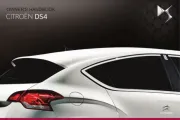
17 Oktober 2025
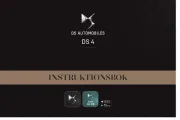
17 Oktober 2025

17 Oktober 2025
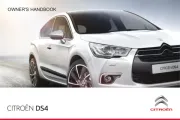
17 Oktober 2025

12 Oktober 2025

9 Oktober 2025

8 Oktober 2025